
Street Creative Commons by Giuli-O: https://www.flickr.com/photos/giuli-o/3421333361 under a CC license (http://creativecommons.org/licenses/by/2.0/
THOU SHALT NOT STEAL – the creative work of others. Using images, text, videos… without giving credit to the creators is a form of stealing.
Did you know… any work, be it a piece of writing, an image, a piece of art, a video… automatically has a copyright? We are all used to citing text (with quotes when it is taken directly from a piece of writing or simply by putting the source in the reference list when you paraphrase). What does not seem to happen is the citing of images and other media elements.
Where do your students find images to illustrate their work? Have you ever seen Photos from Google images in a student’s citation list? And what about you? Have you used images without citing a source?
While images add a powerful component to any piece –(presentation, video) and we want to encourage everyone to use them, it is important to respect the creators.
From Copyright Matters
“Just as you would want to protect anything that you own, creators want to protect their works. As students, we were all taught the value of original thinking and the importance of not plagiarizing the works of others. Since teachers use copyright-protected materials as well as educate the copyright owners and users of tomorrow, they have a unique responsibility to set the right example.”
From: http://www.cmec.ca/Publications/Lists/Publications/Attachments/291/Copyright_Matters.pdf
Submitting Google or Google images as a reference is a bit like saying a paragraph from a book is “from the library”. Google does not store images. It only stores links to images. So how do you find the actual source and how do you know if you can use an image or other media element legally for educational purposes?
The copyright act allows us to use creations for educational purposes (e.g. in a blog a student creates for school but not in his/her personal blog). These are exemptions for “fair use”: research, private study, criticism or review, news reporting, parody and satire or education. That does not mean we can use them without giving credit.
The easiest way to know you can use a piece of work is by searching for images with a Creative Commons (CC) license, sometimes known as copyleft. What does that mean, you may ask? There are many who upload creations with a sense of openness, willing to share them to be used by others. In order to let others know this, they put a creative commons license on their work. There are different levels of licenses. This is part of a larger infographic (published with a creative commons license, of course!). Do click on the link below to get more information.
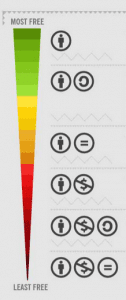 Infographic by Foter under a CC license
Infographic by Foter under a CC license
Each symbol lets you know how you may use the image.
The person means – you must give attribution to the creator.
The backwards C/arrow (sharealike) means that when you share the image you must use the same level of copyright
= No derivs means you cannot change the creation. It has to be used unchanged in its entirety.
The dollar sign with a line through it means it may not be used for commercial purposes (e.g. can not be sold, used in advertising…)
Where can you find images with a CC license? There are several possibilities. PhotosforClass provides a search tool. When you download an image, the attribution is already attached to the picture. The CC image at the top was downloaded from there. I had to shrink the picture (allowed by the license). This is what you should see at the bottom.
You can also search Google or Flickr using an advanced search. Learn more about how from the LEARN site.
And one more site for you: Flickr: The Commons. The images, which come from a variety of institutions and museums, are free to use (check out each institution’s terms of use).
No matter where you find something, don’t forget to put
- the creator’s name or username (if you can find it),
- the url of where you found the image
- and, if applicable, a link to the license.
You can’t always find what you need with a CC license. Here are more options.
Some images and video are in the public domain. While this is a gross simplification of the situation, a work comes into the public domain 50 years after the death of the creator. http://copyright.ubc.ca/guidelines-and-resources/support-guides/public-domain/
For historical work, old photos may often be used -but cite your sources!
While fair use allows you to use a small amount of material for educational purposes, it does not allow you to use something which cannot be downloaded (screen shots of those photos are not legal).
More and more our students are creating and sharing on the Internet. They need to know that others will respect their work and give them credit when they use their creations.
No more “Images from Google”: Teach them to respect the work of others.
References
http://learnquebec.ca/en/content/pedagogy/InfoLit/studentcr.html


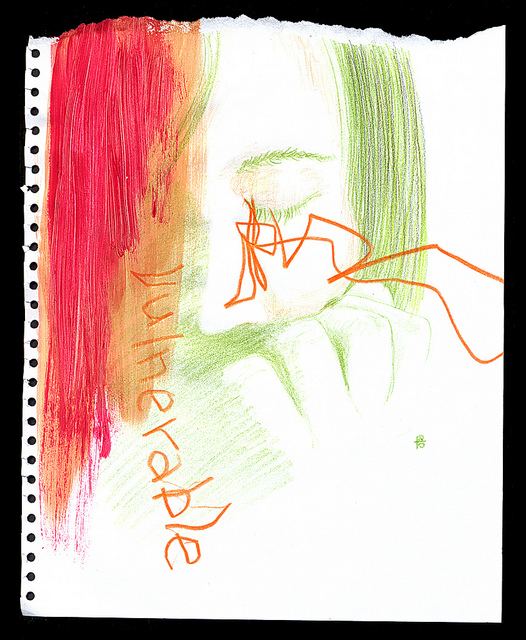
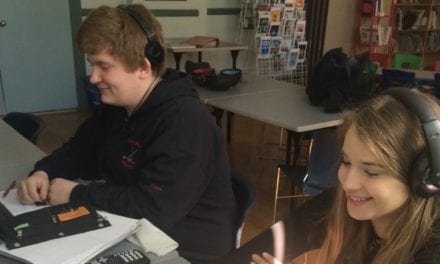
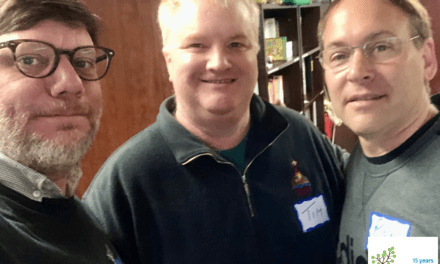
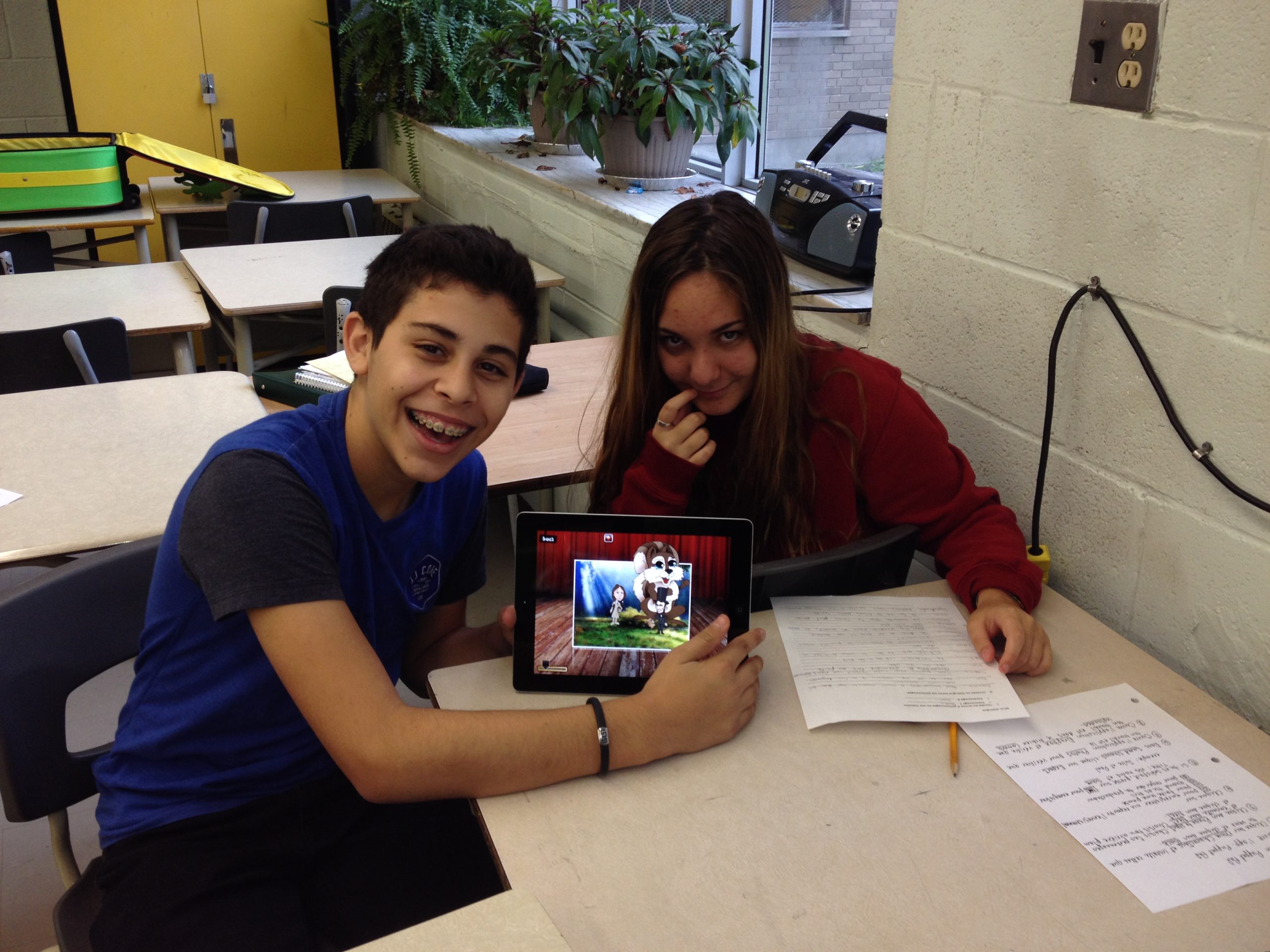
Great post, Susan! You’ve done a wonderful job making sense of a subject that confuses many people. Respecting the work of others really isn’t that difficult, and we should all make the effort.
Thanks Susan. A necessary post, and nice links to image sites too. This little video explains the new laws in Canada as concerns photographers: http://capic.org/category/copyright-law/ It echoes what you said about use of screenshots not being legal when you can’t download them (i.e. locked). Also, I noticed the video has been updated to include Copibec’s warning, which is that though laws seem now to allow more educational use, each case will be judged individually in court. In other words, likely yes, for use in class and some online projects, but pretending an image is yours, or using it for major publications or materials you sell, well, those situations might land you in court.
Thanks for the video link. It’s never a good idea to use something without crediting the source – glad the video reinforces that!
And this document can help you understand copyright for schools in Quebec Copyright Rules for Québec Schools